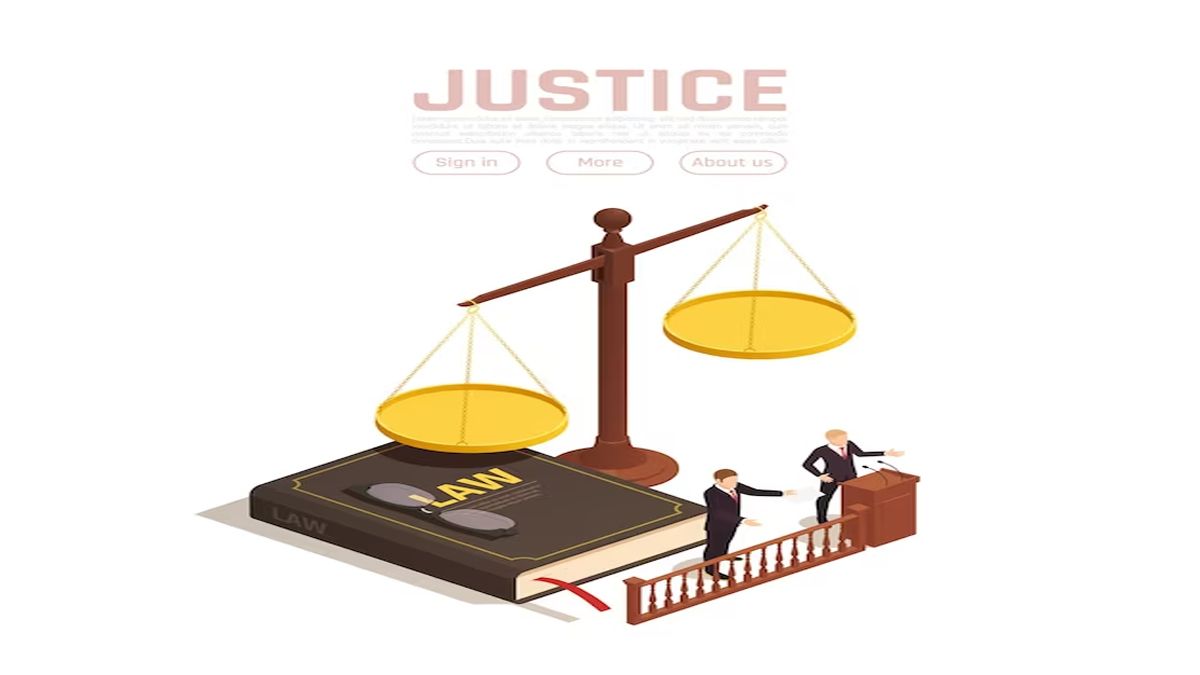This doctrine is critical in preventing trademark infringement and protecting brand identity. Here’s a detailed look at what this doctrine entails:
Key Aspects of “Deceptively Similar”
- Likelihood of Confusion:
- The central test for determining deceptive similarity is whether the average consumer is likely to be confused about the origin of the goods or services because of the similarity between the marks.
- Confusion can be about the source, affiliation, endorsement, or sponsorship.
- Factors Considered:
- Visual, Phonetic, and Conceptual Similarity: Courts look at how similar the marks appear to the eye, sound to the ear, and the ideas or impressions they convey.
- Nature of Goods/Services: The nature, purpose, and use of the goods or services associated with the marks are considered.
- Target Audience: The perception of the relevant consumer group, including the level of attention and care they are likely to exercise, is important.
- Strength of the Original Mark: A stronger, more distinctive original mark is given broader protection against similar marks.
- Jurisdictional Variations:
- Different jurisdictions may apply slightly varied standards or place emphasis on different factors. For example, the United States uses a multi-factor test known as the Polaroid factors, while the European Union follows similar principles but within its own legal framework.
Legal Implications
- Injunctions and Damages: If a mark is found to be deceptively similar, the infringing party may be ordered to cease using the mark (injunction) and potentially pay damages to the trademark owner.
- Trademark Registration: Trademark offices may refuse registration of a new mark if it is found to be deceptively similar to an existing registered mark.
- Brand Protection: Companies often conduct trademark searches and due diligence to avoid creating marks that could be considered deceptively similar to existing ones.
Examples
- Coca-Cola vs. Koke Company of America (1920):
- Coca-Cola sued Koke Company for using a name that was confusingly similar. The court held that “Koke” was deceptively similar to “Coca-Cola” and would likely mislead consumers.
- Cadila Health Care Ltd. vs. Cadila Pharmaceuticals Ltd. (2001):
- In India, the Supreme Court laid down important principles regarding deceptive similarity, emphasizing the need to look at the marks as a whole, considering their phonetic, visual, and structural aspects, and the overall impression created by the marks.
Conclusion
The doctrine of “deceptively similar” is essential in maintaining the integrity of trademarks and protecting consumers from confusion. It ensures that companies cannot exploit the reputation of established brands by creating marks that are deceptively similar, thereby safeguarding both consumer interests and the proprietary rights of trademark owners.
